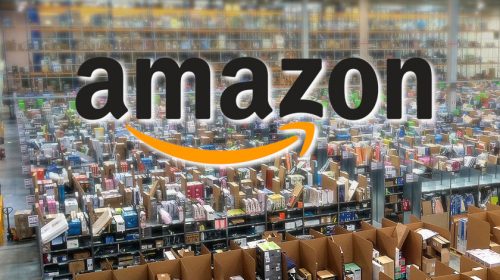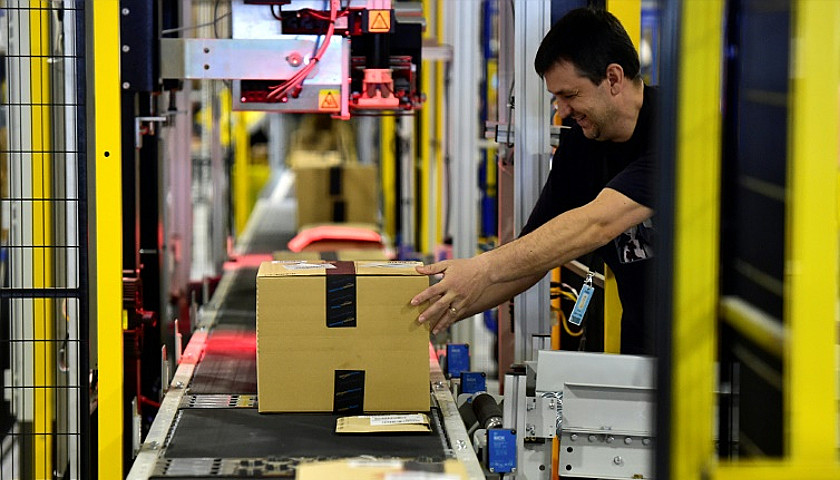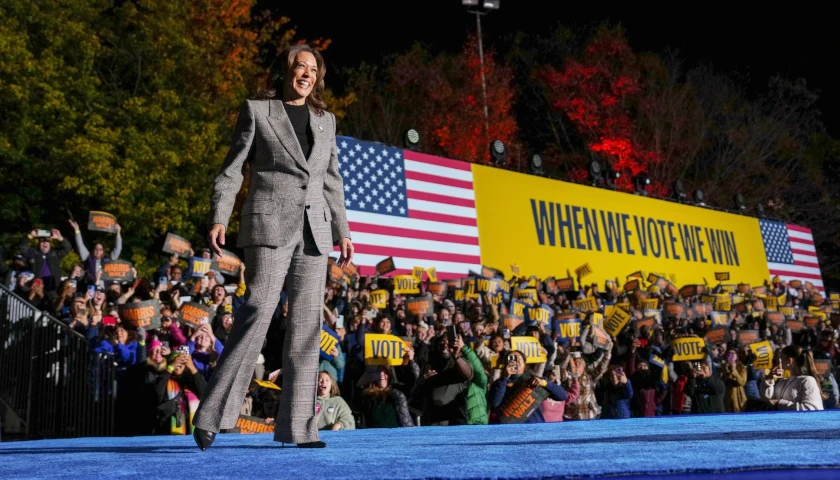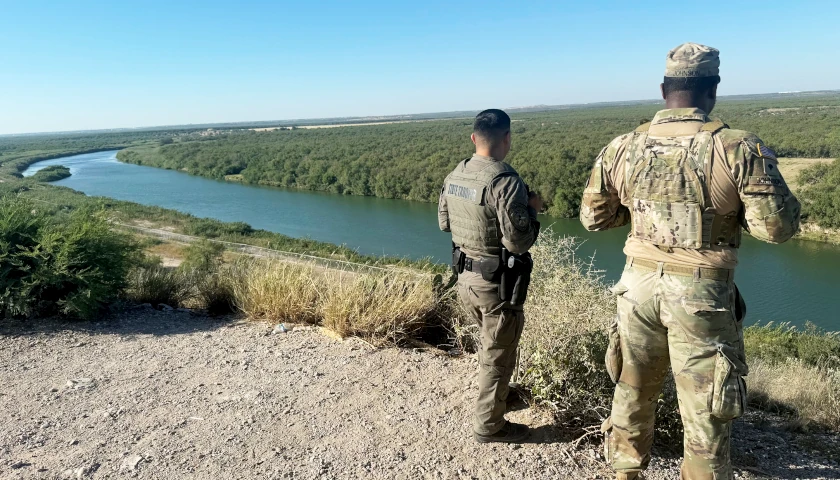by Venkatesh Shankar
A quarter of a century ago, on July 5, 1994, a company, which shared a name with the world’s largest river, was incorporated. It sold books to customers who got to its website through a dial-up modem.
 It wasn’t the first bookstore to sell online. (Books.com launched in 1992.) But it behaved like a local store, whose shopkeeper knew customers by name – a bell even rang in the company’s Seattle headquarters every time an order was placed.
It wasn’t the first bookstore to sell online. (Books.com launched in 1992.) But it behaved like a local store, whose shopkeeper knew customers by name – a bell even rang in the company’s Seattle headquarters every time an order was placed.
Amazon’s founder, Jeff Bezos, set his sights on making it an “everything store.” The company would go on to become not just an everything store, but an “everything company.”
Today, 25 years later, Amazon has reshaped retailing permanently. It is one of the top three most valuable companies in the world, with a market capitalization hovering around US$1 trillion, greater than the GDP of nearly 200 countries.
If you had bought $100 worth of its IPO shares in 1997, it would be worth about $120,000 today.

Redefining retail
Amazon continually took shopping convenience to newer levels.
Before 1994, shoppers had to travel to stores to discover and buy things. Shopping used to be hard work – wandering down multiple aisles in search of a desired item, dealing with crying and nagging kids, and waiting in long checkout lines. Today, stores try to reach out to shoppers anywhere, anytime and through multiple channels and devices.
After first experiencing two-day free shipping from Amazon’s Prime membership program, shoppers started expecting no less from every online retailer. About 100 million shoppers worldwide have Amazon Prime.

The company made shopping more convenient through features like one-click ordering; personalized recommendations; package pickup at Amazon hubs and lockers; ordering products with the single touch of a Dash button; and in-home delivery with Amazon Key.
Shoppers can also search for and order items through a simple voice command to an Echo or by clicking an Instagram or a Pinterest image. Amazon now even has a cashierless “Go” store in Seattle.
Amazon has been a factor in the rising closures of brick-and-mortar stores that can’t keep pace with the changes in retail. In the first 15 weeks of 2019 alone, there were about 6,000 store closures in the U.S. overall, higher than the number of closures in all of 2018. Analysts fear a coming “retail apocalypse.”
A major employer
Amazon’s impact extends to other industries, including smart consumer devices (Alexa), cloud service (Amazon Web Services), and technology products and services (drones).

Such is Amazon’s impact that industry players and observers use the term “Amazoned” to describe their business model and operations being disrupted by Amazon.
Today, Amazon is the largest tech employer by far. It employs more people than the next five tech companies combined. No wonder Amazon created such a buzz last year before selecting a location for its second headquarters.
Amazon’s work culture is intense. It has a reputation as a cutthroat environment with a high employee burnout rate. It is automating as many jobs as possible, mostly in warehousing.
At the same time, after criticism from policymakers, Amazon stepped up in October 2018 by raising the minimum wage for all U.S. employees to $15 per hour.
Faced with growing criticisms about the mounting impact of Amazon’s boxes and other packaging material on the environment, Amazon has pledged to disclose more information about its environmental impact at the end of 2019.
The next generation
What’s in store for Amazon’s future?
Bezos has said that Amazon’s efforts focus on preventing it from dying. As he noted at a 2018 all-hands meeting, “Amazon is not too big to fail.”
As a professor of marketing, having conducted research on online retailing and analyzed hundreds of cases, I believe that Amazon’s future, like shoppers’ and the society’s future, is inextricably linked to the rise of artificial intelligence. Starting with Alexa, the company’s virtual assistant, Amazon is betting on AI.
In fact, Amazon is testing anticipatory shipping, a practice in which it anticipates what shoppers need and mails them the items without shoppers ordering them. Shoppers could keep the items they like and return those they don’t want at no charge.
More immediate questions relate to Amazon’s entry in two stodgy yet critical industries: health care and financial services.

Although Amazon has disrupted many industries, these two are heavily regulated industries in which the company hasn’t had much experience.
Amazon is considering becoming a major player in the pharmaceutical and the health insurance markets. In May, it acquired online drugstore PillPack for $1 billion to crack the $500 billion market for prescription drugs and has formed a joint health venture with Berkshire Hathaway and JP Morgan Chase.
Meanwhile, with 310 million customer accounts, Amazon is building a suite of high-tech financial services, such as Amazon Cash, a way to add cash to your online balance, and Amazon Pay, an online payment service. These programs are aimed at developing markets such as India, which has a huge population that does not use banks.
Amazon has reshaped retailing permanently in the last 25 years. In the next 25, it might totally redefine how the world shops.
– – –
Venkatesh Shankar is a Professor of Marketing; Director of Research, Center for Retailing Studies, Texas A&M University.
Background Photo “Amazon Warehouse” by Amazon España por dentro. CC BY 2.0.
Appeared at and reprinted from theconversation.org ![]()






